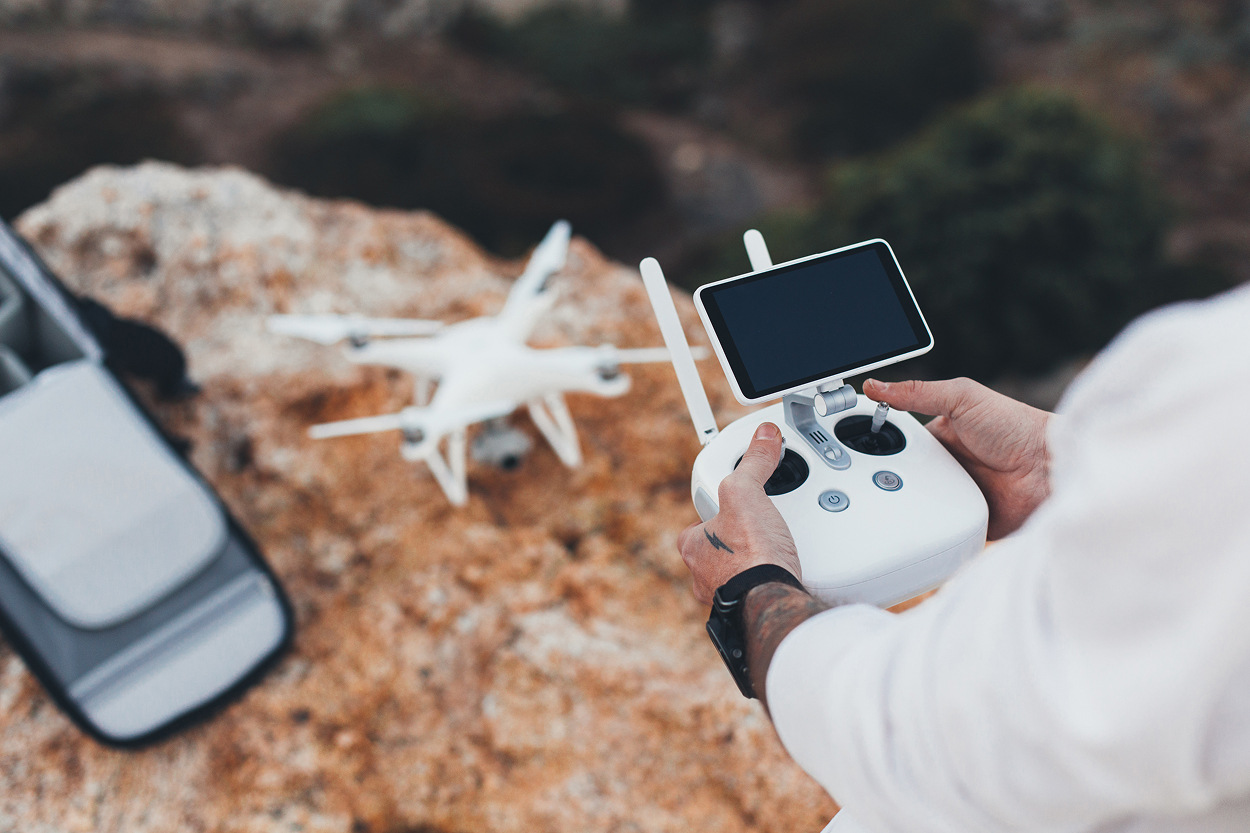Ultra-Low-Power Video: Energy-Efficient Coding & AI Inference on RISC-V, E-Ink & IoT Devices

As media moves beyond high-performance hardware into constrained environments—wearables, signage, remote sensors, IoT nodes—the demand for video coding and analytics in ultra-low-power hardware places new constraints. Traditional codecs and AI models consume too much energy and compute for such environments. Achieving energy-efficient video coding and inference on platforms like RISC-V microprocessors, e-ink displays, or microcontroller systems requires innovation in codec design, model compression, and system architecture.
In this article, we examine key techniques, architectural patterns, tradeoffs, real use cases, and a roadmap to embedding video and AI capabilities in constrained hardware.
Why low-power video and inference matter
Many modern applications demand video processing on power-constrained devices:
- Battery-powered IoT cameras or drones needing local preprocessing
- E-ink displays or signage that update selectively
- Remote sensors that send video summaries, thumbnails, or alerts
- Wearables with video capability (smart glasses, remote viewfinders)
- Energy-harvesting camera nodes for environmental monitoring
In these contexts, offloading video and analytics to server-side/cloud is often infeasible due to connectivity, latency, or energy cost. Instead, minimal on-device video coding or inference helps filter or compress content locally and send only useful data.
But typical video encoders (HEVC, AV1) and neural networks are too heavy for microcontrollers or low-power SoCs. That demands radical redesign: lightweight coding, quantized models, hardware acceleration, and power-aware pipelines.
Techniques for energy-efficient coding
Ultra-light codecs and microcodecs
Create codecs tailored to constrained hardware: minimal transforms, simplified prediction, small buffers, and low complexity arithmetic. Such microcodecs may sacrifice compression efficiency in favor of low power.
Examples include transforms limited to small block sizes, simplified entropy coding (e.g. reduced context models), or delta coding. Content-specific codecs (e.g. for surveillance, line-drawing, or sparse motion) further reduce complexity.
Feature extraction + prioritized encoding
Instead of full-frame encoding, detect regions of interest and encode them at higher quality, while background or static areas use cheaper compression or skip frames altogether (background train). This selective coding saves energy.
Model-based compression
Leverage AI models to predict or reconstruct frames at the receiver side with minimal transmitted residuals. For example, transmit keyframes + neural residuals or motion vectors, letting a small model reconstruct frames locally. This shifts complexity to inference rather than full encoding.
In-loop lightweight restoration
At constrained nodes, apply lightweight restoration filters (denoising, sharpen) post-decode to improve perceptual quality from low-bitrate streams. These restoration modules cost much less than heavy encoding.
Hardware accelerators and specialized cores
Specific hardware units (e.g. accelerator blocks, SIMD cores, DSP, NPU) can offload compute-heavy tasks. On RISC-V SoCs, embedding small vector or AI coprocessors accelerates transforms, quantization, or inference.
FPGA or ASIC modules may implement entropy coding or transform blocks optimized for energy. In hybrid systems, some encoding tasks remain offloaded to hardware while control or metadata logic stays in software.
Inference techniques for low-power platforms
Quantization, pruning, and model compression
Reduce model size and energy by quantizing weights (e.g. 8-bit, 4-bit, or binary), pruning infrequent connections, removing redundant layers, or applying knowledge distillation from a large teacher model.
Edge-efficient model architectures
Design model architectures optimized for low-power inference: MobileNet, TinyML, SqueezeNet, or transformer-lite designs adapted for video. Temporal models may use recurrence or sliding-window approaches to reduce compute.
Frame skipping and event-driven inference
Run inference only when scenes change or motion is detected. Skip frames where nothing new happens. This event-driven inference drastically reduces compute over time.
Spatio-temporal layering
Split inference tasks into spatial and temporal parts. For example, use a lightweight frame-level encoder for preview and only trigger full inference when anomalies are detected.
Asynchronous offloading
If connectivity is available intermittently, offload heavier tasks to a remote server when idle; perform minimal tasks locally to decide what to upload. This hybrid approach balances energy and performance.
Hardware-backed acceleration
Use built-in AI co-processors, DSPs, or specialized vector instruction sets. Some RISC-V chips offer vector or matrix extensions (RVV); these accelerate model operations significantly.

Architectures and integration
Edge node module
A constrained device (camera, sensor) runs minimal encoding or inference and forwards only compressed content or actionable insights. It may embed triggers, thumbnails, or metadata instead of full video.
Gateway / aggregator module
Between endpoints and cloud, a gateway node aggregates low-power inputs, applies heavier recompression or inference, and forwards optimized streams. The gateway bridges constrained edge nodes and cloud logic.
Compression + inference pipeline
On constrained nodes, pipeline video capture, feature extraction, encoding, and inference in a tightly-optimized chain, so no redundant buffers or memory copies exist. Intermediate buffers are minimized.
Energy-aware scheduling
In low-power systems, schedule encoding or inference tasks adaptively based on power state, battery level, or energy harvest. For example, delay non-critical encoding or reduce resolution during low-power mode.
Model update mechanism
Enable over-the-air (OTA) updates or modular bitstreams so inference models or codec parameters can evolve without full firmware upgrades.
Use cases and examples
- Environmental monitoring nodes with camera traps that detect intruders locally and transmit only segments or alerts.
- Smart signage using e-ink displays that render occasional video snippets or transitions—using ultra-low-power video engines.
- Wearable devices (e.g. smart glasses) that process video snippets locally to detect gestures or context before sending essential frames.
- Drone-mounted surveillance that encodes downscaled streams onboard and only uplinks keyframes or anomaly data, saving battery.
- Edge AI in traffic cameras, where low-power devices detect vehicle counts or events and send metadata instead of full video feeds.
In research, FPGA-based residual video superresolution designs have shown how prediction-based models reduce bitrate for constrained links. Some lightweight codecs aimed at IoT (e.g. for smart cameras) demonstrate runtime capabilities on microcontrollers.
Challenges and tradeoffs
Compression efficiency loss
Low-complexity codecs necessarily sacrifice compression gains. Striking balance between energy cost and bitrate efficiency is key.
Model drift and adaptation
Models trained offline may not generalize to live scenes or lighting. Edge models need periodic adaptation or update.
Reliability under constraints
Constrained hardware may lose frames, stall, or overload under harsh scenes. Fail-safe logic must disable heavy processing gracefully.
Memory and bandwidth limits
Limited memory and peripheral bandwidth restrict buffer sizes and pipeline parallelism.
Energy and thermal boundaries
Even small processors may heat or draw too much current under sustained video/inference loads. Thermal monitoring and management is critical.
Latency vs power
Inference pipelines must fit within acceptable latency—delays may limit usefulness. Aggressive power saving must not break timing.
Roadmap for adoption
- Identify target use cases and hardware constraints (power, memory, thermal)
- Select or design ultra-light codecs and inference models
- Prototype encoding + inference pipeline on dev boards (e.g. RISC-V micro controllers, SoCs)
- Profile energy, memory, latency under representative content
- Introduce optimizations: quantization, pruning, hardware offload
- Integrate scheduling logic for adaptive and event-driven computation
- Test under diverse environmental conditions
- Add update and fallback logic for robust operations
- Deploy to field pilot nodes, monitor performance and health
- Iterate model and codec parameters based on real-world feedback
Through careful optimization, ultra-low-power hardware can support meaningful video and inference tasks—enabling new classes of edge media applications.
AI Overview: Ultra-Low-Power Video & Inference
Energy-efficient video coding and inference on low-power hardware—like RISC-V SoCs, IoT devices, or e-ink displays—demands light codecs, quantized models, event-driven pipelines, and hardware acceleration. When applied smartly, these techniques enable video processing in constrained environments without draining power or overwhelming compute.
Key Applications: microcamera nodes, battery-powered signage, remote IoT video, wearable video analytics, smart environmental sensing.
Benefits: local filtering and compression, minimal data transfer, reduced latency and power draw, more autonomy for edge devices.
Challenges: compression-vs-efficiency tradeoffs, model adaptation, memory limitations, thermal management, reliability under load.
Outlook: as vector AI extensions in RISC-V and low-power NPUs mature, embedding video and inference in ultra-constrained nodes will become standard by 2030. Hybrid edge-cloud schemes and dynamic energy-aware pipelines will drive adoption.
Related Terms: quantized inference, microcodec, TinyML video, sparse neural models, low-power video encoder, IoT media processing, event-driven AI, hardware co-processors.
Our Case Studies








